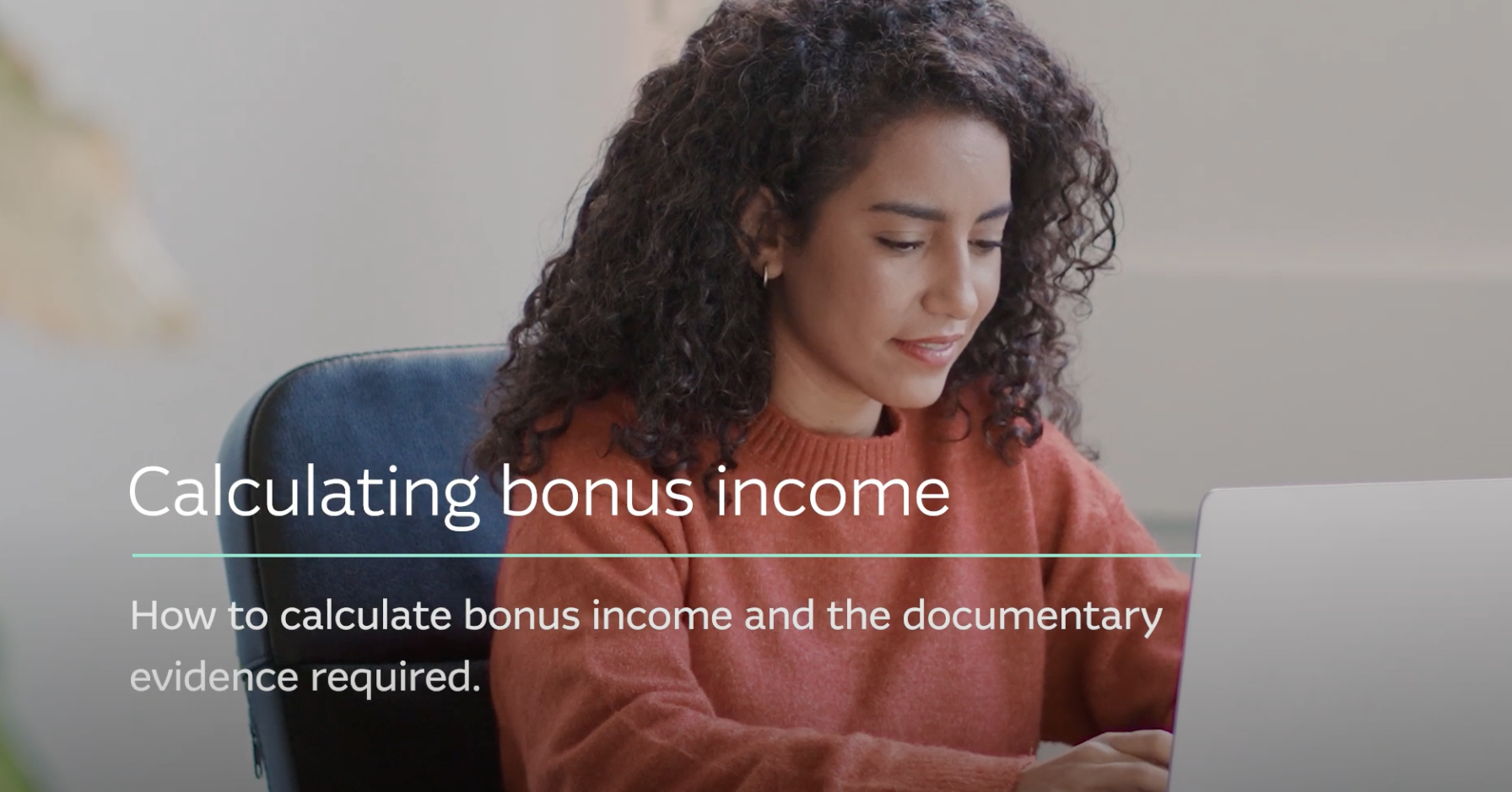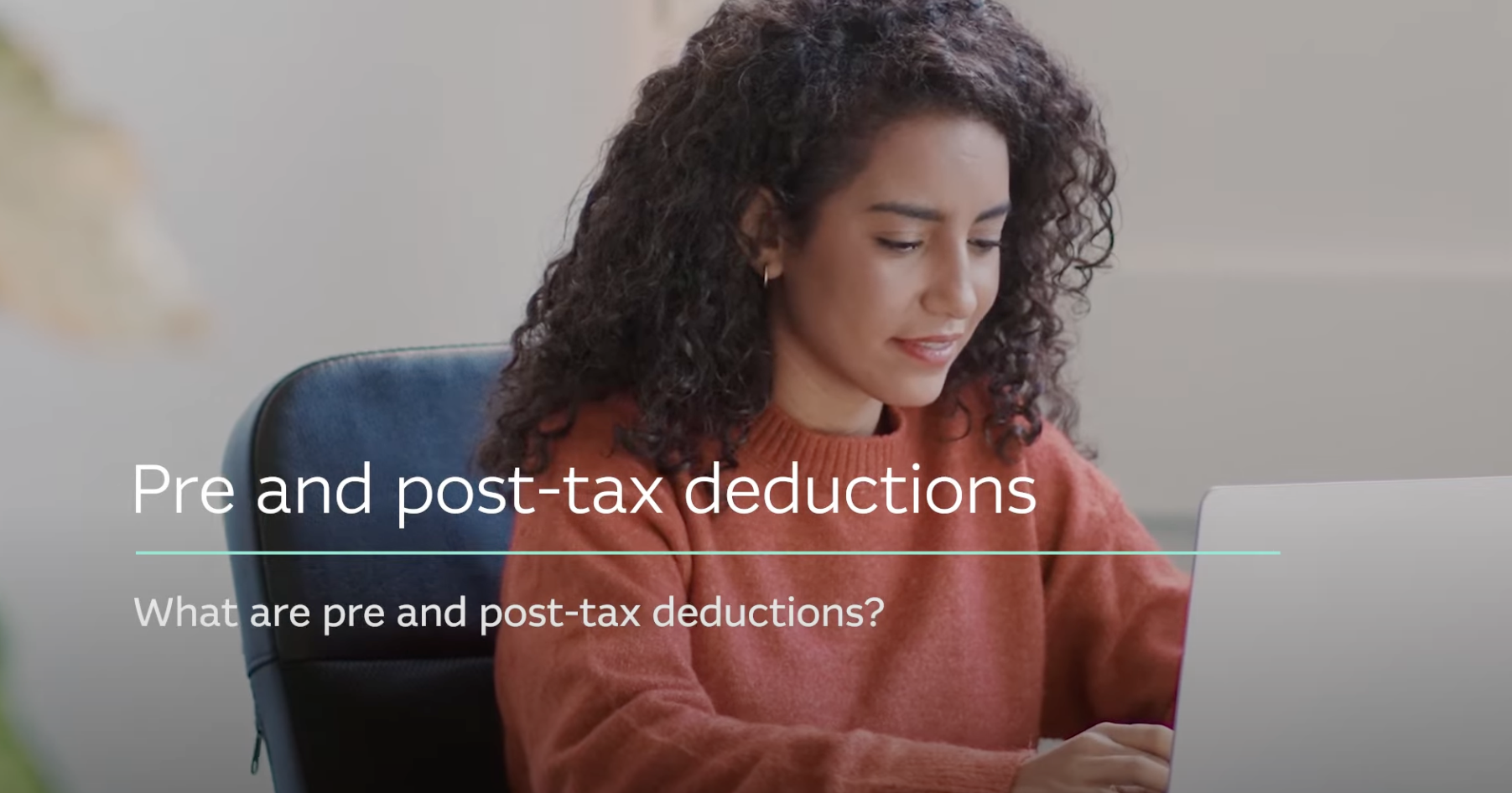Pay as you go (PAYG) income is the typical income type for applicants who work for an organisation either permanently or casually. There are several different income types and deductions that may be evident on your customer’s payslips, which may be treated differently in the servicing calculation. The section below steps through key elements of PAYG arrangements. Including:
What are the servicing considerations for PAYG income?
Length of employment
For permanent salary employment, including full or part-time and contract employment, either:
- A minimum of 6 months in current employment, or
- Employed for a minimum of 6 months in the same field or industry in their prior role.
For casual employment, the same guidelines apply as permanent salary employment, and we can consider 100% of the income.
Other considerations include:
- If your customer is on probation, we’ll typically still consider the applicant if they meet the tenure requirements above, and
- Time taken between roles doesn’t need to be considered (e.g. if your customer had three months off between roles, we’d still consider the previous experience in a similar role).
Overtime income
The portion of overtime income we consider will depend on the industry your customer is working in. All overtime income needs to be confirmed to be regular, ongoing and evidenced in the payslips.
Overtime considerations for industries that are considered:
- Non-essential services – up to 80% of overtime income is considered
- Essential services – up to 100% of overtime income is considered
Acceptable essential services
Essential services include public transport operations, fire fighters, provision of health services, provision of garbage and sewerage services, prison officers, police and power/energy technicians (not including electricians).
Commission or bonus income
Commission and bonus income is an additional payment that can be included in an applicant’s total income, if it’s:
- ongoing, and
- a condition of their employment.
Typically, the most recent year’s bonus or commission income can be used in servicing. We’ll consider up to 80% of bonus or commission income. Where there is a discrepancy year on year (e.g. if your last financial year's bonus income was $20k and this year's was $80k), you’ll need to provide a reasonable explanation to use the most recent year’s income.
Watch the video below to understand what is required to evidence commission and bonus income and how to input the income into the Macquarie Serviceability Calculator. This includes examples of quarterly and annual bonus structures.
Watch now

Loading video...
Pre and post-tax deductions (including allowances and HELP/HECS debt)
Pre- and post-tax deductions are evidenced on the payslip and may include allowances (e.g. car or shift), salary sacrifice arrangements and HELP/HECS payments. We’ll typically consider up to 100% of these income and related deduction types.
Pre-tax deductions are taken from an employee’s gross pay before any taxes are withheld, allowing the employee to reduce their taxable income. They can be:
- voluntary (e.g. voluntary super contributions or gym membership), or
- involuntary (e.g. superannuation or novated lease payments).
Post-tax deductions are generally expenses or contributions removed from an employee’s income after taxes have been withheld. They can also be:
- voluntary (e.g. insurance payments, additional super contributions and social club membership), or
- involuntary (e.g. car loan payments or student HELP/HECS loans).
Watch the video below to understand how to capture pre- and post-tax deductions in the Macquarie Serviceability Calculator, taking note of the treatment of voluntary and involuntary deductions and where respective liabilities need to be noted (e.g. novated lease or HELP/HECS debt).
For guidance on how to calculate pre- and post-tax deductions see Using pre- and post-tax deductions to calculate gross income.
Watch now

Loading video...
Tax-free salary sacrifice arrangements
If your customer is employed in public health, social work, or charity work, 100% of the salary sacrifice amount can generally be added back to the gross income.
Where we’re looking to include the salary sacrifice amounts in servicing, confirmation from your customer that the amount is convertible to gross taxable income and is provided on a regular basis is required and must be evidenced by:
- payslips confirming details of the salary packaging arrangement and clearly displaying these pre-tax deduction items; and
- a letter from their employer detailing the salary sacrifice amount/arrangement or copies of bank statements showing 3 months of credits into your customer’s bank account.
What documents are required to verify PAYG employment?
The type of PAYG employment will determine which documents are required. Payslips are the main form of income verification, ensuring your customer’s payslips meet the minimum requirements. We’ll cover scenarios for servicing where you’re relying on:
Base income documents
When relying on base income, your customer will need to provide, either:
- 2 or more recent acceptable payslips (with one from last 60 days), or
- where 2 payslips aren’t available (e.g. recently started a role), 1 payslip (within last 60 days) and a copy of a signed employment contract/letter detailing the commencement date and base income.
Additional income (e.g. commission, overtime and shift allowances)
When more than base income is required to service the loan, your customer will need to provide:
- 2 recent acceptable payslips with year-to-date noted covering at least 3 months.
If year-to-date income is missing, or it doesn’t cover 3 months of income, your customer will also need to provide one of the following documents:
- Most recent financial year’s PAYG summary or ATO income statement (if status is ‘tax ready’ on ATO portal), or
- Most recent financial year’s finalised individual tax return (ITR)
- Draft ITR, if the return is pending lodgement and accompanied by an accountant’s letter confirming it will be unchanged when lodged,
- Latest payslip in June for the prior financial year confirming the year to date earned.
Where the above additional income documentation also doesn’t state the year-to-date or is less than 3 months, the income used in servicing will be the lower of year-to-date annualised or the most recent financial year’s income.
Casual or PAYG contractor income
When casual or PAYG contractor income is considered, we’ll use the payslips to calculate an annualised wage. To do this, your customer will need to provide:
- 2 recent acceptable payslips with year-to-date noted covering at least 6 months.
If year-to-date income is missing, or it doesn’t cover 6 months, your customer will also need to provide:
- Most recent financial year’s finalised individual tax return (ITR)
- Draft ITR, if the return is pending lodgement and accompanied by an accountant’s letter confirming it will be unchanged when lodged, or
- Latest payslip in June for the prior financial year confirming the year-to-date earned.
Where the above additional income documentation also doesn’t state the year-to-date income or is less than 6 months, the income used in servicing will be the lower of year to date annualised or the most recent financial year’s income.
An allowance can be made, if your customer has confirmed a prior period of parental leave causing the year to date annualised and/or most recent financial year’s income to be low.
PAYG income through a family-owned or controlled company
Where your customer is employed by a family-owned or controlled business, they’ll need to provide any 2 of the following documents:
- 2 recent acceptable payslips with year to date noted covering at least 3 months
- Bank statements evidencing the most recent 6 months of regular salary credits
- Most recent individual tax return and ATO assessment notice, or where not ready, an accompanying accountant letter confirming lodgement is acceptable.
The above doesn’t apply in cases where the PAYG applicant works for a self-employed spouse and both applicants are parties to the loan where self-employed income verification requirements are to be followed.
Acceptable payslips
Payslips are the most common income verification document required for PAYG. When providing any payslip, ensure it meets the minimum requirements, such as:
- ensuring it’s computer generated
- it contains the applicant’s name, employer’s name or ABN (if applicable), pay period, gross and net pay, and ideally year to date income, and
- the latest is no older than 60 days at date of submission (and no more than four months old as at the date of submission).
-
Understanding debt to income ratio -
Understanding investment and other income for servicing -
Understanding PAYG income for servicing
Log in to Broker Portal
Track your applications, view our processing times and easily access your existing customer's loan details, all within Macquarie Broker Portal.
Search Broker Help Centre
Find answers faster to your everyday queries with Broker Help Centre. Search by keywords or by category to find exactly what you need, when you need it.
Meet the team
Our BDM team provides you and your customers with world-class service and the support you need throughout the home loan journey. Get to know the BDMs in your state today.
